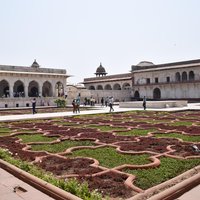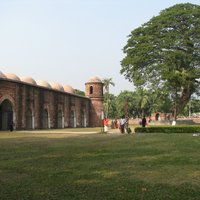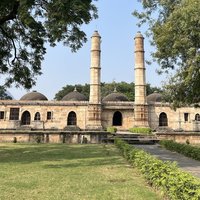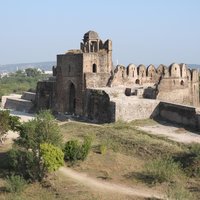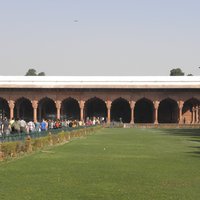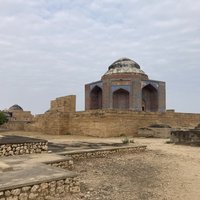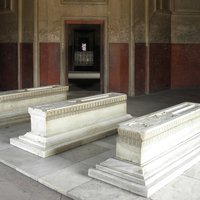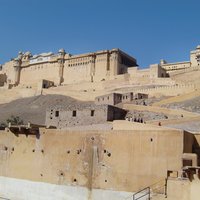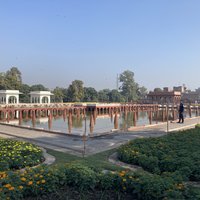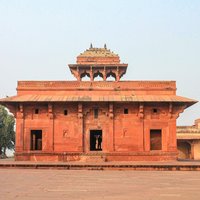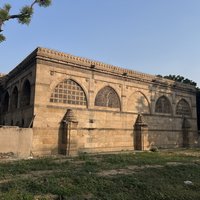Connected Sites
-
-
-
-
"forerunners of the Mughal architecture, being a mix of Hindu traditions and craftsmanship with Moslem ideology" (AB ev)
-
-
-
-
"These structures are notable for their fusion of diverse influences into a local style. These influences include, among others, Hindu architecture of the Gujrat style and Mughal imperial architecture. " (OUV statement)
-
-
Amber - Built in 1592 by a Rajput commander of the army of the Mughal emperor Akbar the fort/palace contains a mixture of Indian and Mughal architectural styles.
See www.tourmyindia.com
-
-
-
"The comparison emphasizes the significance of Ahmadabad on the grounds of 15th century planning of an Indo-Islamic city in the Indian sub-continent that is still a living city... Sultanate architecture from the fifteenth century is characterised by the fusion of Islamic elements and local Jain and Hindu building traditions, which are manifested in the Bhadra Fort, the city walls and gates, the Jama Masjid, the mausoleums of the royal family, and other mosques and minarets." (AB ev)

